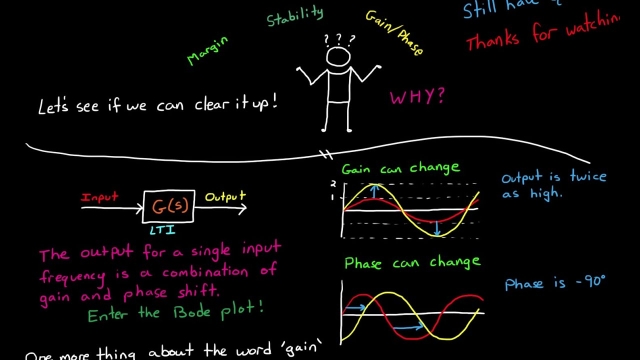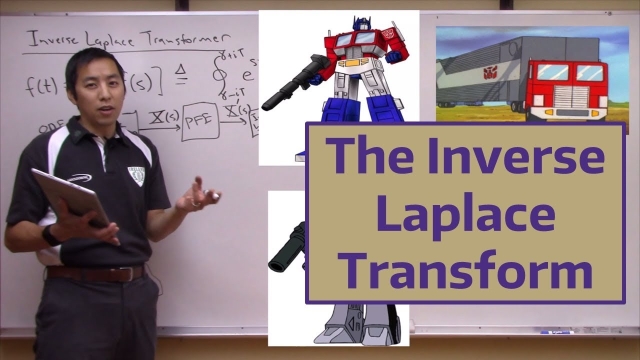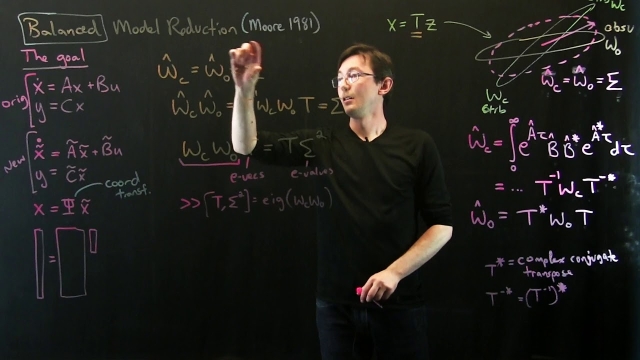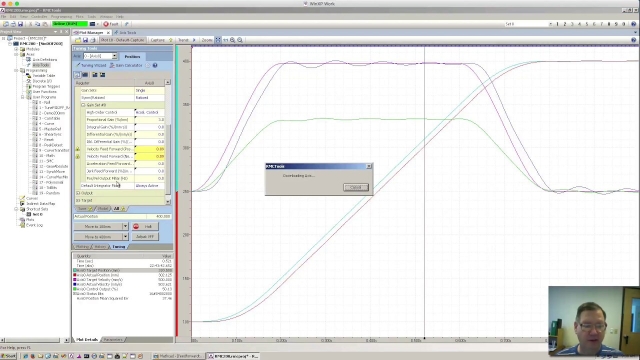
IIR Filters - Theory and Implementation (STM32)
Tutorial on IIR (Infinite Impulse Response) digital filters, including digital filtering overview, IIR filter theory, FIR vs IIR, Z-transform design/analysis, design using analogue...
See MoreComplex Fourier Series
This video will describe how the Fourier Series can be written efficiently in complex variables.
See MoreTikZ source Code: Mobile Robot Wall
TikZ source Code: Mobile Robot Wall
See MoreParticle Filter Explained without Equations
This video provides a quick graphical introduction to the particle filter. It does a good job building some intuition behind the filter without ever touching on any mathematics. It's worth a...
See MoreEuler Angles and the Euler Rotation Sequence
In this video we discuss how Euler angles are used to define the relative orientation of one coordinate frame to another.
See MoreFrequency domain – tutorial 9: frequency response
In this video, the learning objectives are to:1- fully understand the frequency response which forms the foundation of filtering 2- quickly review the common...
See MoreThe Discrete Fourier Transform (DFT)
This video introduces the Discrete Fourier Transform (DFT), which is how to numerically compute the Fourier Transform on a computer. The DFT, along with its fast FFT implementation, is one...
See MoreDynamic Behavior and Input Types in Process Control
An introduction to the four types of dynamic behavior and five types of inputs (step, ramp, pulse, impulse, and sinusoidal), and why transfer functions are u...
See MoreIntro to Process Control
I discuss the motivation and introduce the logic behind controllers that engineers design to respond to errors in outputs (deviations from set points). P and...
See MoreTeaching resources for a reinforcement learning course
Teaching resources by Dimitri P. Bertsekas for reinforcement learning courses. The website has links for freely available textbooks (for instructional purposes), videolectures, and course...
See MoreRatio Control and Scaled Signal Calculations
When and how to use ratio, and how to implement within standard scaled signals
See MoreTutorial on Root Locus
Stanford CS234: Reinforcement Learning | Winter 2019 | Lecture 16 - Monte Ca...
Professor Emma Brunskill
Assistant Professor, Computer Science
Stanford AI for Human Impact Lab
Stanford Artificial Intelligence Lab
Statistical Machine Learning Group
Working with Synthetic Data | Deep Learning for Engineers, Part 2
This video covers the first step in deep learning: having access to data. Part of making the decision of whether deep learning is right for your project comes down to the type and amount of...
See MoreLecture 6: Signal Flow Graphs and Mason's Gain Rule
Root Locus Plot: Common Questions and Answers
In this video I go through some of the common questions I've received on my other root locus videos. 1) Why do we call the poles of a system the roots?2) How do I plot the damping ratio...
See MoreSmart Projectile State Estimation Using Evidence Theory
This journal article provides a very good practical understanding of Dempster-Shafer theory using sensor fusion and state estimation as the backdrop.
See MoreNumerically Calculating Partial Derivatives
In this video we discuss how to calculate partial derivatives of a function using numerical techniques. In other words, these partials are calculated withou...
See MoreControllability and the PBH Test [Control Bootcamp]
This video describes the PBH test for controllability and describes some of the implications for good choices of "B".
See MorePeter Ponders PID - Integrated Time Absolute Error - 4 Pole example
This video shows how to calculate the coefficients for a 4 pole ITAE and how to use the 4 pole ITAE to calculate closed loop controller gains.
See MoreRandomized SVD Code [Matlab]
This video describes the randomized singular value decomposition (rSVD) (Matlab code).
See MoreGain and Phase Margins Explained!
In this video I explain gain and phase margins. If you are confused by this topic I hope this video will help tie all of the concepts together that go into understanding what gain and phase...
See MoreThe Inverse Laplace Transform
In this video we show how to perform the inverse Laplace transform on a signal in the Laplace domain to obtain its equivalent representation in the time doma...
See MoreData-Driven Control: Balancing Transformation
In this lecture, we derive the balancing coordinate transformation that makes the controllability and observability Gramians equal and diagonal. This is the critical step in balanced model...
See More

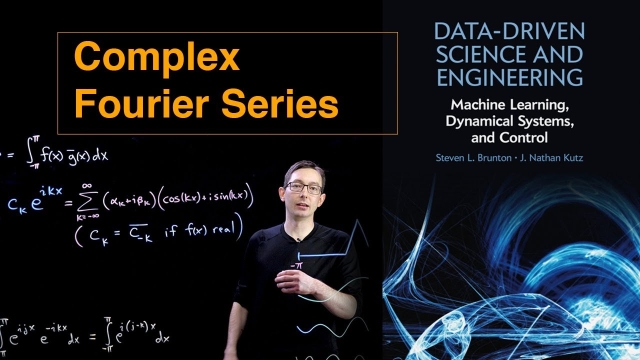

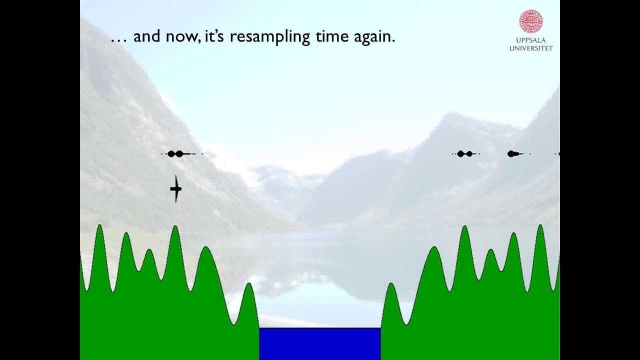
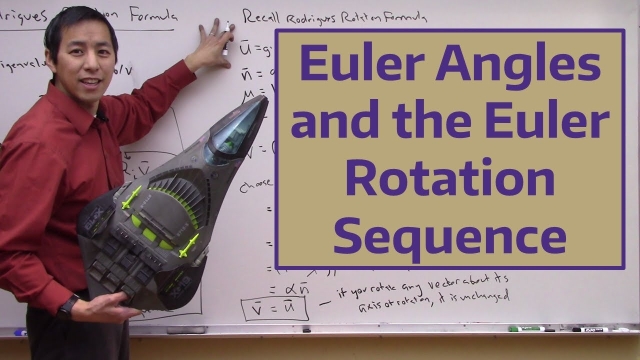

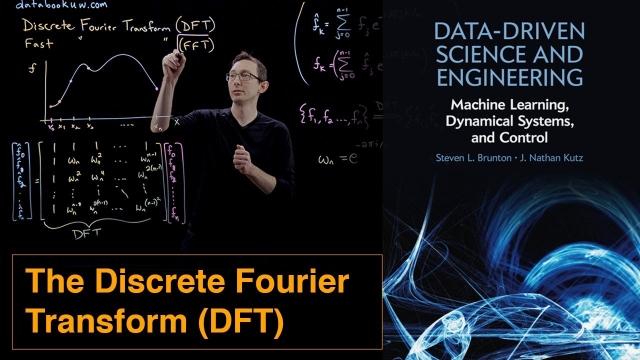
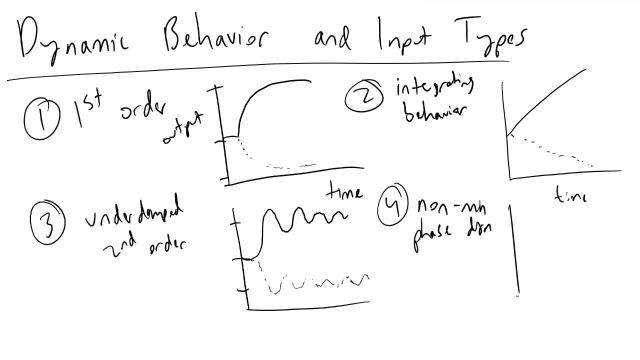


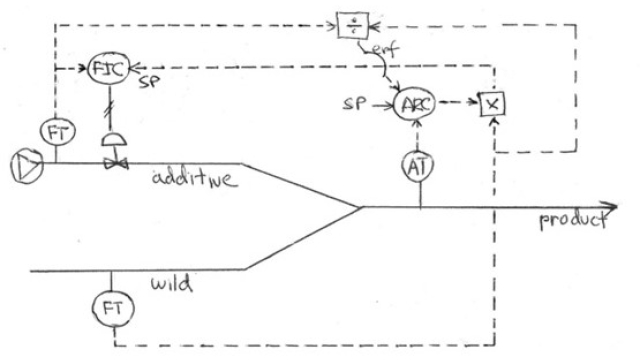
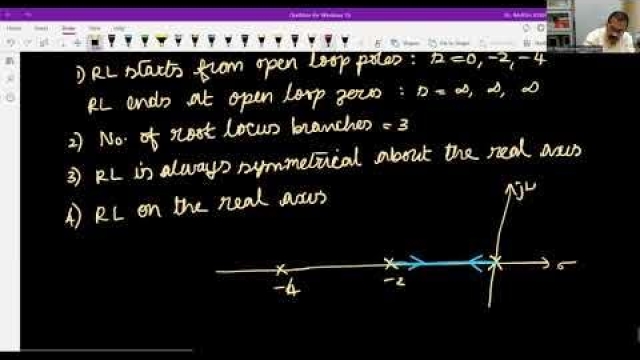
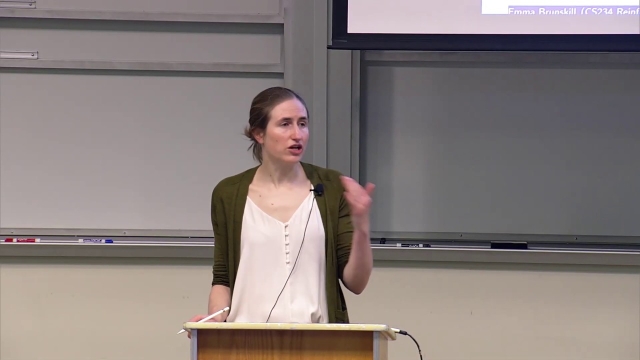
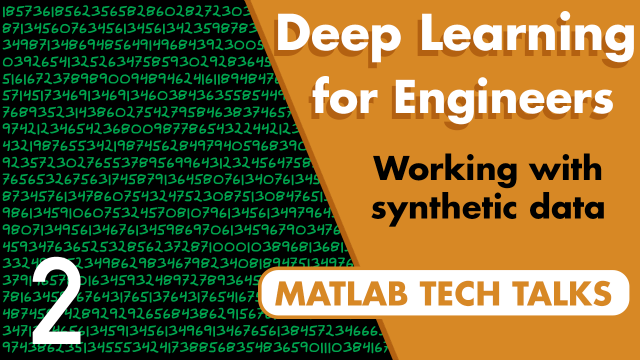

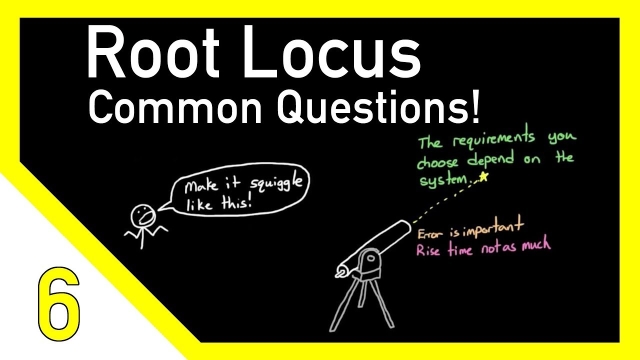
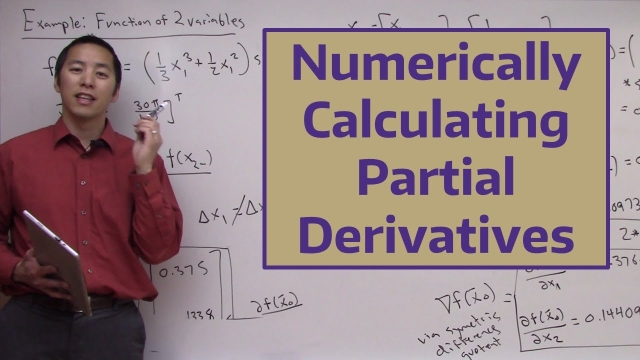
![Controllability and the PBH Test [Control Bootcamp]](/sites/default/files/styles/search_resulkts/public/2020-12/maxresdefault_303.jpg?itok=Q45x3uZ4)
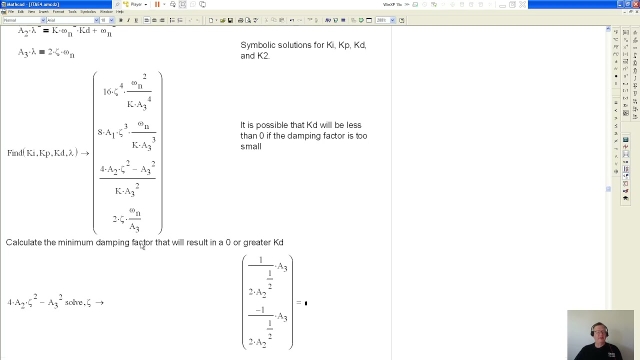
![Randomized SVD Code [Matlab]](/sites/default/files/styles/search_resulkts/public/2020-12/maxresdefault_401.jpg?itok=3jscmfnI)
